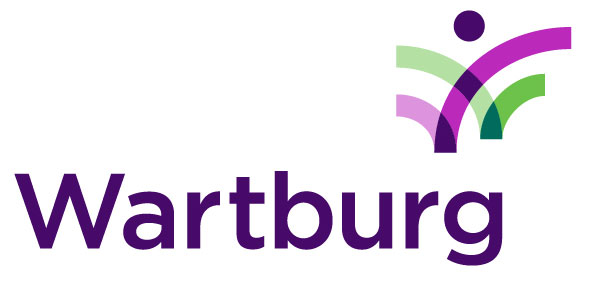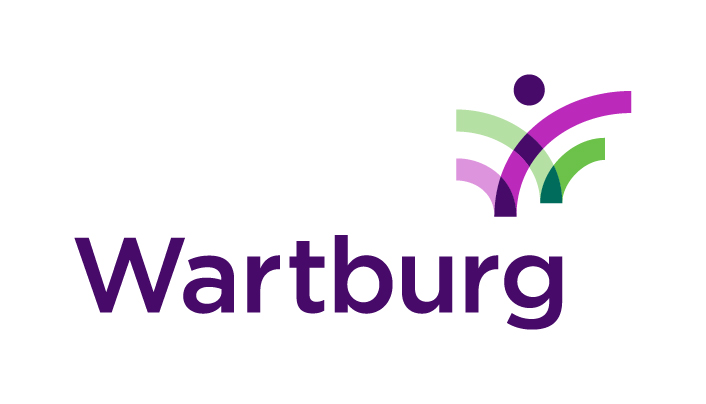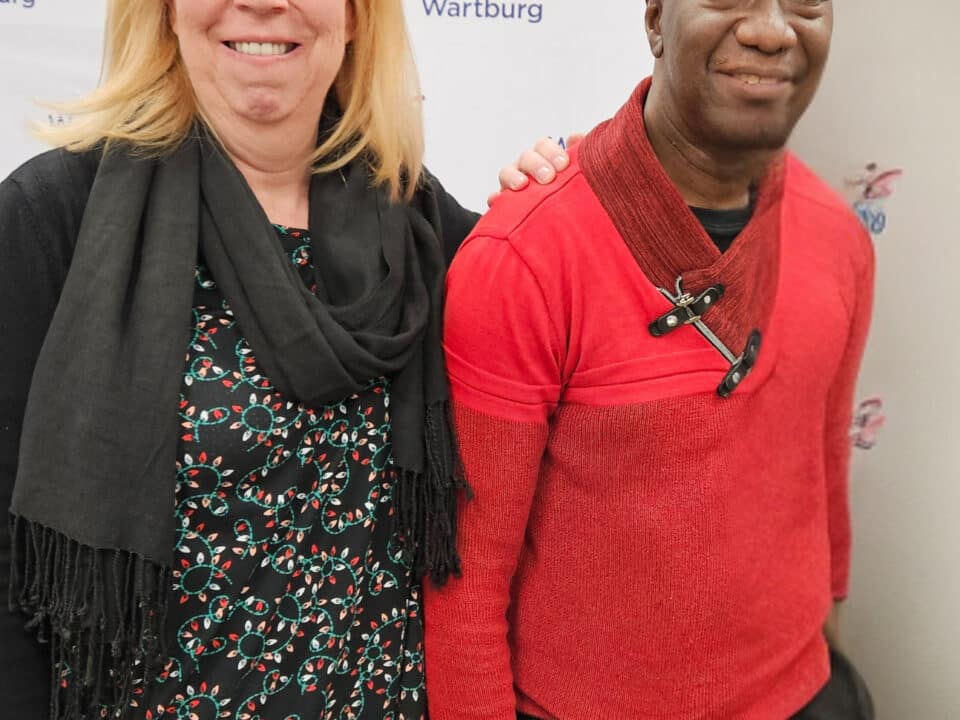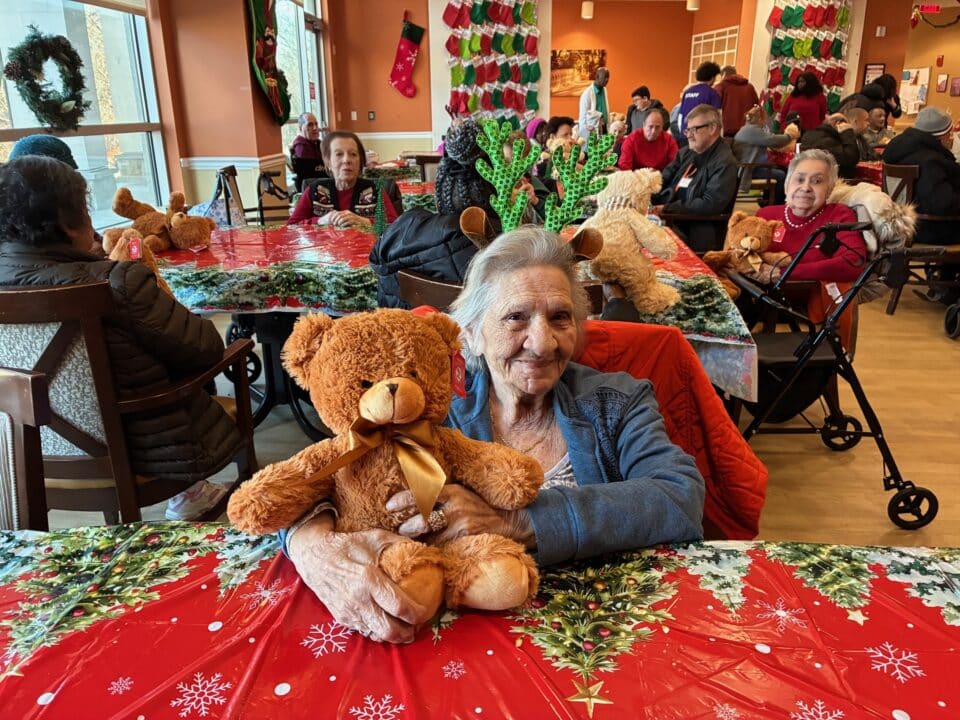Music To Heal By – Written by Georgette Gouveia for Wag Magazine
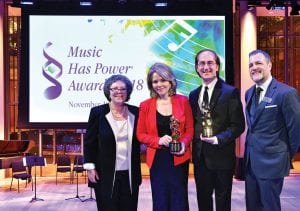
Originally Posted on March 1, 2019
Written by Georgette Gouveia for Wag Magazine
It is perhaps the most elusive and ineffable of the arts, which may be why it can reach those who find it difficult to communicate or can no longer express themselves in any other way.
“Music is the only art that affects all areas of the brain,” music therapist Concetta Tomaino says. So it stands to reason that some aspect of it can appeal to those suffering from what psychologist Howard Gardner called “the shattered mind,” be they dementia, stroke and Parkinson’s patients, veterans with post-traumatic stress disorder or children with learning disabilities. There’s a music therapy for everyone.
With that in mind, Tomaino, who’s been a music therapist for 40 years, founded the nonprofit Institute for Music and Neurologic Function (IMNF) in 1995 to study the relationship between music and the brain, offer music therapy and provide therapists with the latest in training and techniques.
Since 2017, IMNF has partnered with Wartburg in Mount Vernon, which offers a full complement of senior services on its 34-acre campus, including a nursing home, assisted living, adult day care, affordable housing, outpatient services, rehabilitation and home health-care aides.
“We’re interested in creative aging and lifelong learning,” says David J. Gentner, president and CEO of Wartburg and the Wartburg Foundation. “That has changed to look at broader offerings and a bigger picture that includes the arts. We are thrilled to partner with IMNF and Concetta Tomaino.”
Recently, that partnership took center stage as IMNF honored opera star Renée Fleming and board member Harry Ballan with the Music Has Power Awards at The Times Center in Manhattan. Fleming, who came to Wartburg to see Tomaino’s work for herself this past summer, was cited for her part in launching a collaboration between The John F. Kennedy Center for the Performing Arts in Washington, D.C., and the National Institutes of Health on music, wellness and the brain. Ballan, dean of Touro Law Center in Islip, was hailed for his support of IMNF. At the event, he said, “It was a privilege to be honored together with Renée Fleming in service to all those whose lives have been and will be saved by music’s unique power to heal and promote human flourishing. In accepting this award, I celebrate the partnership of the IMNF and Wartburg and the work of all those who tirelessly pursue the mission of healing through music.”
Anyone who has ever cared for someone with some kind of mental affliction knows how important that healing can be if only to provide a haven for patient and caregiver alike. Music can be a distraction, an escape, an oasis, a refuge.
“It’s a magical moment when we can give a caregiver a brief respite,” Gentner says.
Tomaino says, “Music is associated with personal pleasure, releasing the chemicals dopamine and serotonin in the brain’s frontal cortex.” Which may be why whether we’re happy, sad or mad, we tend to pump up the volume.
But music is more than a release and mood influencer as different aspects of the art form stimulate different parts of the brain, Tomaino says. For example, “children with learning disabilities have poor rhythm preceptors. Rhythm influences motor coordination.”
This is something youngsters can work on in Wartburg’s outpatient rehabilitation program. Musical rhythm may also play a role in the treatment of people with Parkinson’s disease, which affects the motor system, including stride length in walking and balance. But Parkinson’s patients, Tomaino says, also benefit from singing and humming exercises that improve breathing and keep the vocal chords supple.
Singing can also be key to those suffering from aphasia, the inability to comprehend and/or produce speech. Here patients are taught to mimic sentences set to melody in a kind of Sprechtstimme (German for “speech-voice”), the half-speaking, half-singing technique sometimes used in Broadway musicals (think Rex Harrison in “My Fair Lady”) and in recitatives in opera. (In this way, singing can also be used to help those who stutter.)
Singing, drumming, musical selections: Indeed almost every aspect of music comes into play when treating veterans with traumatic brain injury and PTSD, because part of the treatment in IMNF’s “Healing Music” program for vets involves socialization and self-regulation, Tomaino says. So that when a veteran has a panic attack, for instance, he or she can go to breathing and meditation techniques or a piece of music that provides a wellspring of peace. (At the Music Has Power Awards, “Healing Music” participants not only performed but led attendees in a sing-along featuring “Stand by Me.”)
No brain trauma is as baffling as dementia. But even in this, music can make inroads.
“We’ve seen for years working with memory care patients that there is something there,” Tomaino says. “(Music) triggers recognition as opposed to a specific association.”
That’s true even in end-stage dementia, she says. Perhaps the only kind of dementia that music doesn’t affect in a beneficial way, she adds, is frontotemporal dementia (FTD), which strikes earlier than other forms of the disease, is more gradual and adversely affects behavior and language before it ravages memory. Patients with FTD may experience music as so much noise, Tomaino says.
But they are in the minority. Though the profession of music therapy wasn’t formalized until 1950, using music and the other arts to heal has been around since at least ancient times, Gentner says, and is part of all cultures:
“We’re just getting back to it.”
For more, visit imnf.org and wartburg.org.
